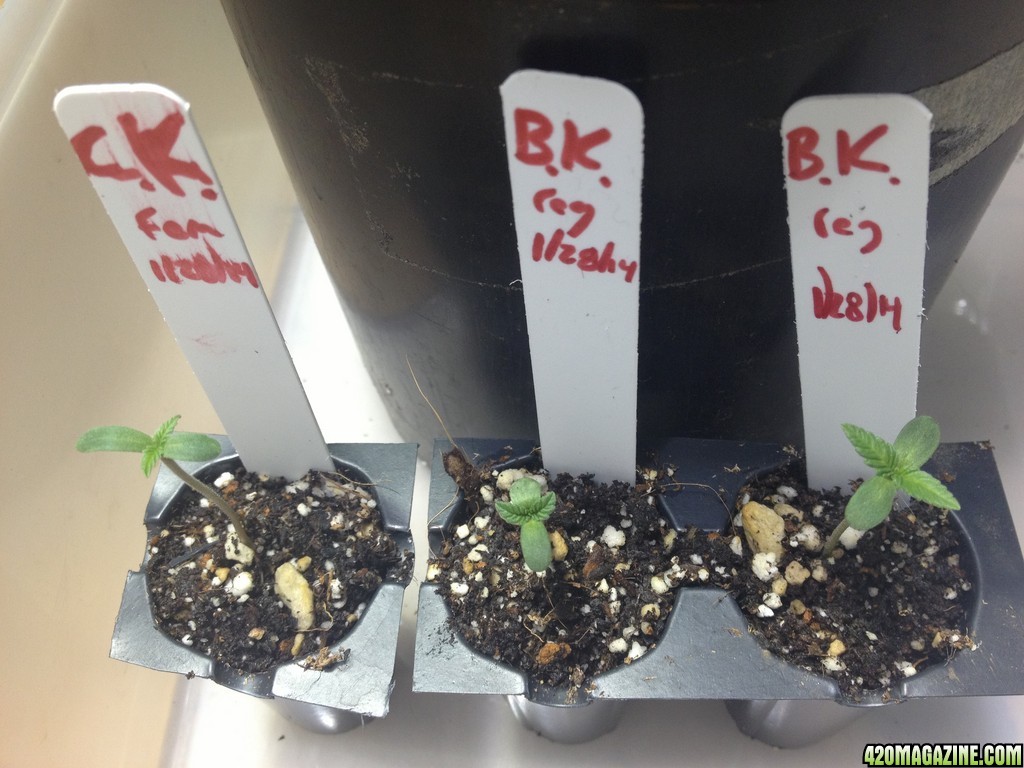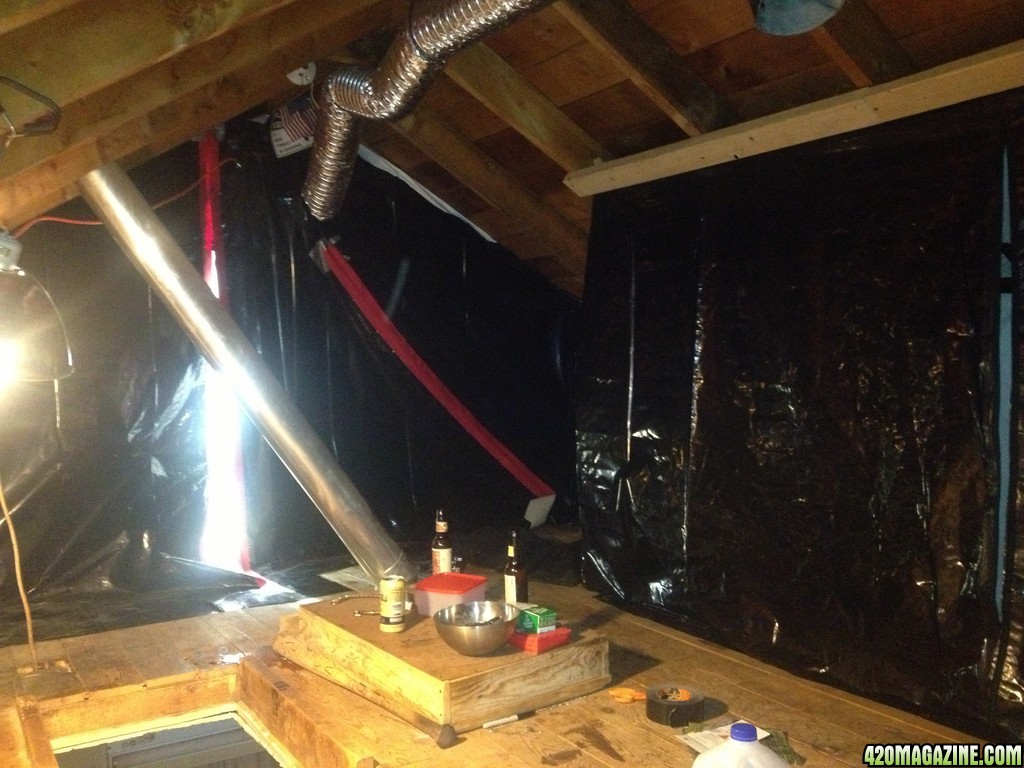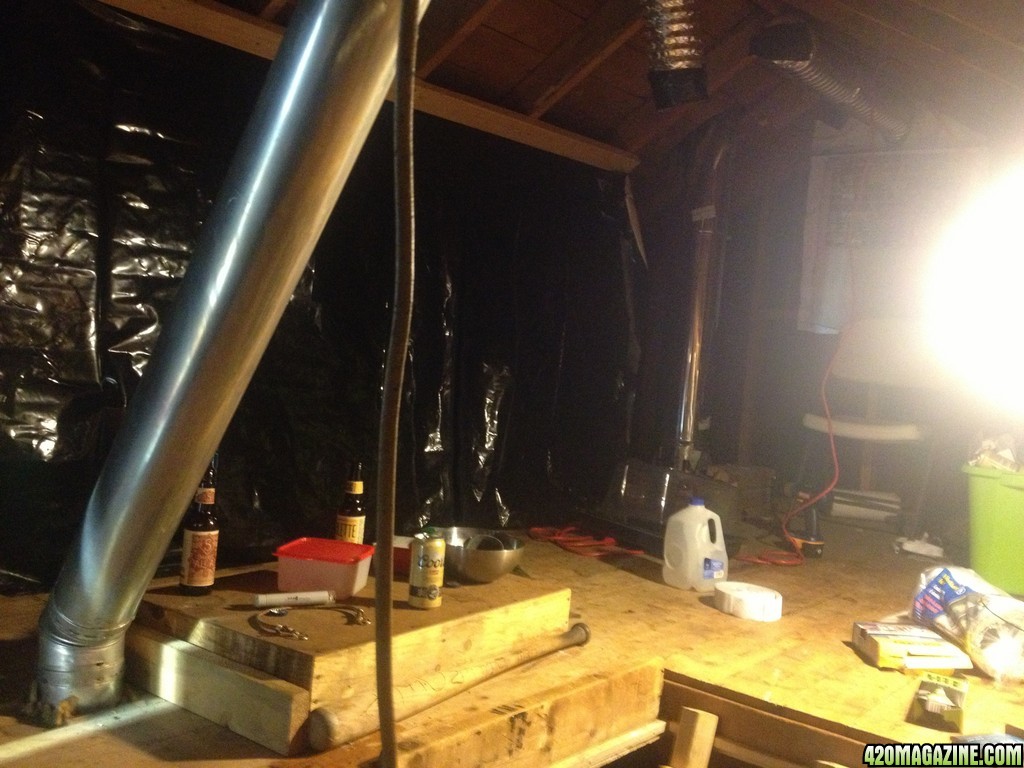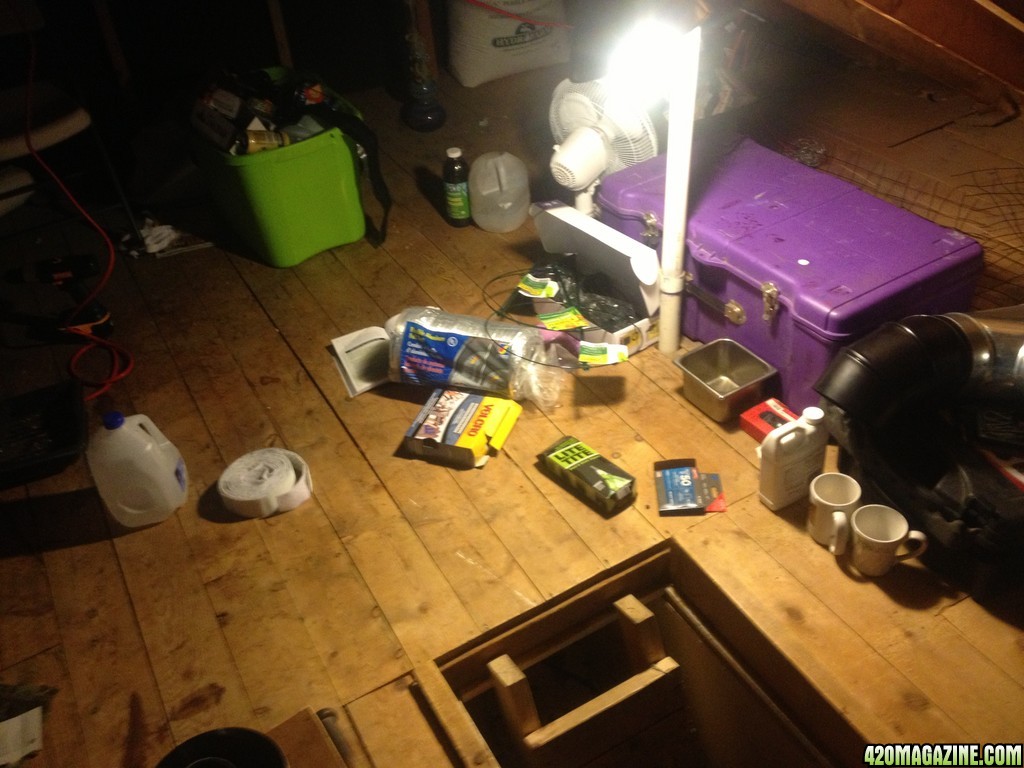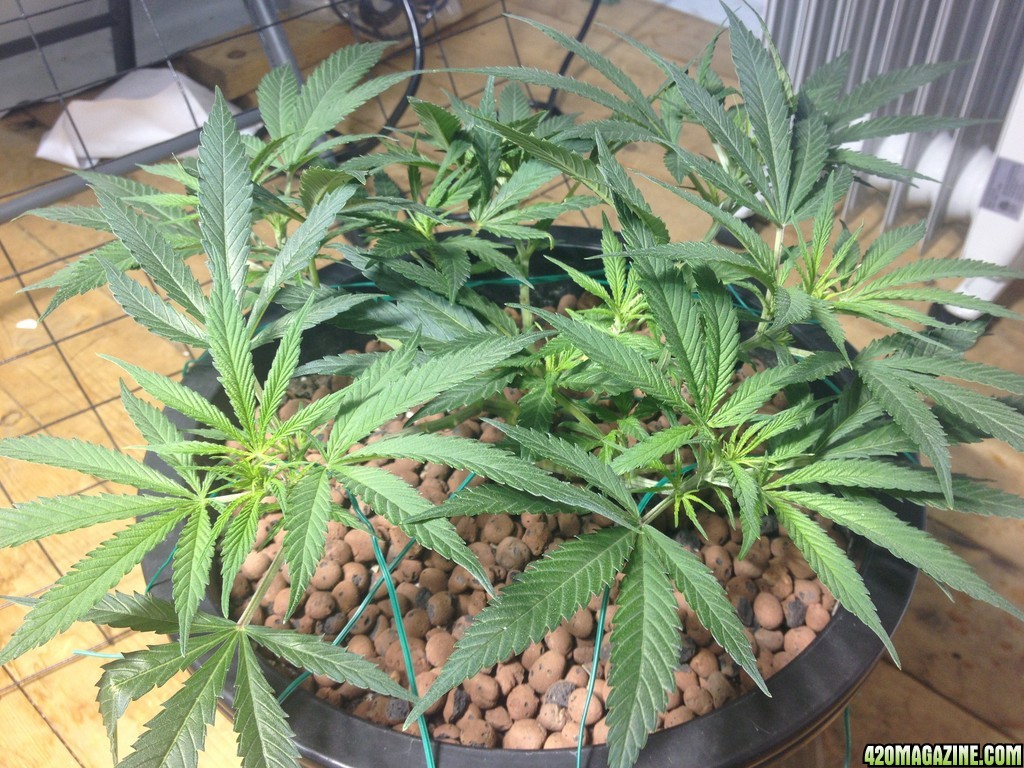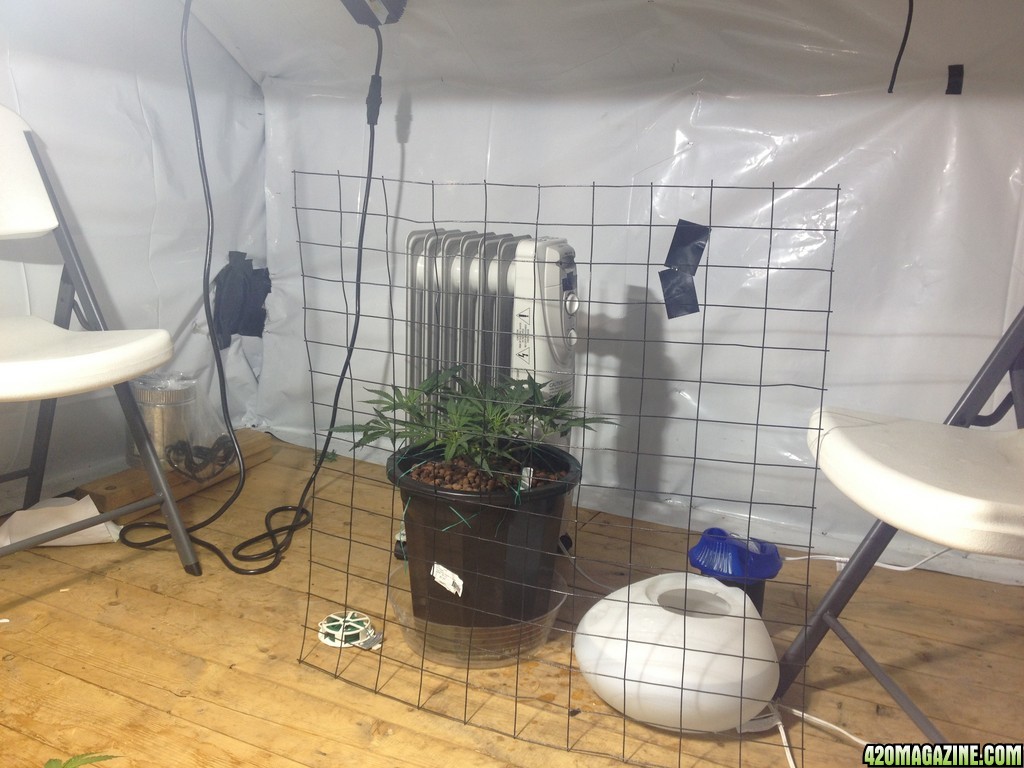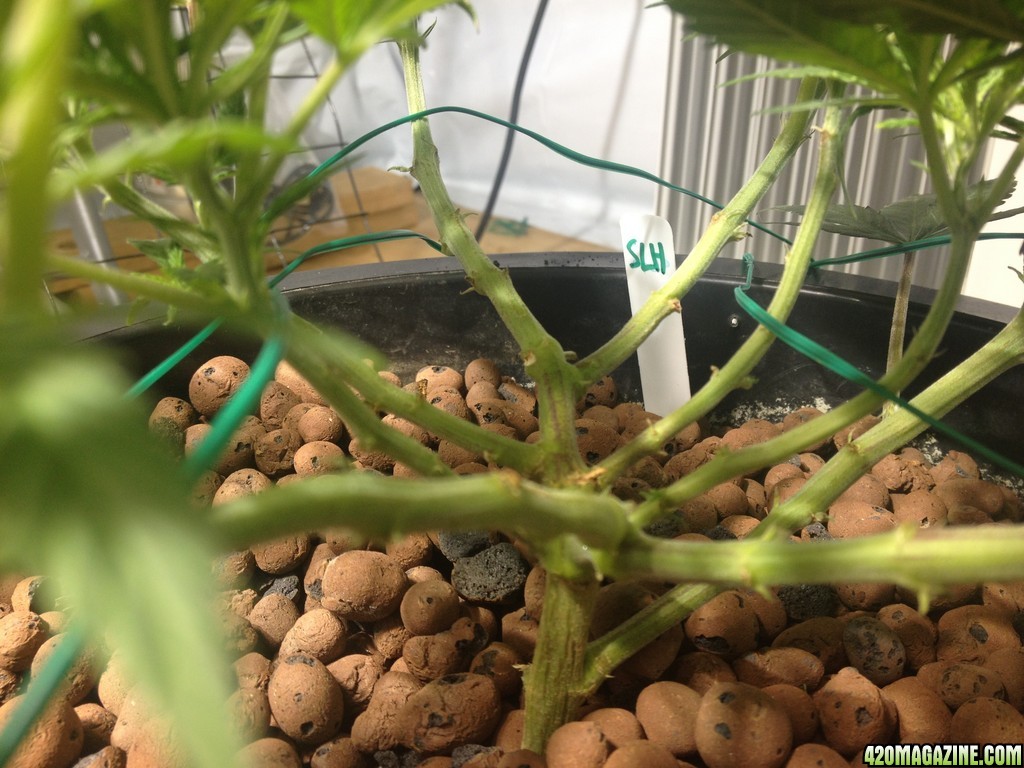That's ok, Curso. I pimp Doc's kit to people all the time even though I'm content messing with my own soil. Results from the kit speak for themselves. It's a trend that is gaining momentum quickly. Complete soils are going to erode the market for bottled nutrients at an ever increasing rate, just as LED lighting is eroding the market for high discharge lighting at an ever increasing rate. I'm just the kind of guy who prefers to make his own stock instead of buying a concentrate.
I didn't mean to sound like an ass bro I apologize. We've talked about that same subject in a couple of Doc's threads when he first started sending samples out. I think its in his strawberry cough journal. All that info is out there. Pro-mix has no "nute charge" just some added friendlies. It just passed for K too.
What the lab will do for your garden is tell you what is needed to achieve high brix and give you a recommendation that contains a whole plan for the soil. There's a difference between sending them some Peat out of a bag and some true soil that you already have.






